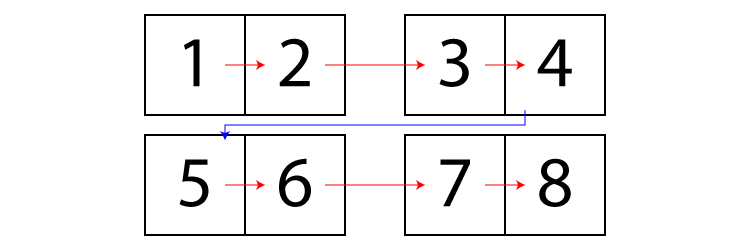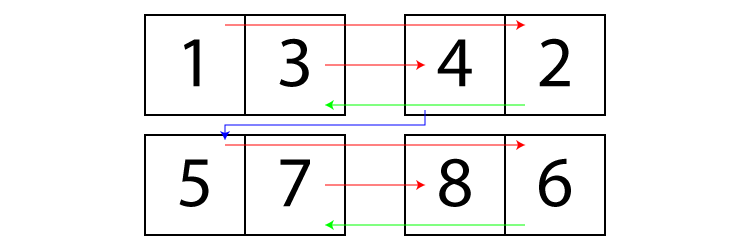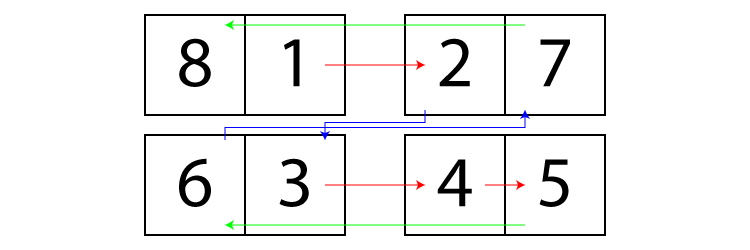Imposing Layout

Imposition is one of the most complex yet repetitive task there is in digital prepression. Due to its complexity, such feature usually requires a proprietary software or plugin.
Though not as sophisticated (like not having a preview), this open-source script eliminates the need to use anything other than Illustrator itself.
N-Up

Supporting 1, 2, 4, or 8 pages per artboard. N-Up imposition
supports Duplex Printing and Cut Stack layout.
Suitable for Perfect Binding (Thermal/Adhesive Binding), Spiral Binding (Coil Binding), Wire Binding (Twin Loop), etc.

Duplex Printing

When enabled, every odd-numbered page will be positioned at the back of the previous one and so on. Such layout is necessary for printing both sides of the paper.
Cut Stack

In a simple N-Up imposition (simplex or duplex), the final result are individual pages that need to be stacked on top of each other in order to create a perfect bound booklet. It’s problematic if we are working on, for example, a magazine with large number of pages.
By enabling cut stack layout, the pages will flow on the next one. So that the stacking process can be done with the whole layout as opposed to individual pages.
Saddle-Stitch

Due to its low cost, Saddle-Stitch is a very popular book binding process where papers are stapled together to the spine of the book. The printed sheets should contain 4 pages.
Unfortunately, Saddle-Stitch is not suitable for thick books since the width of first and last sheet can differ greatly, which may alter arts located at the edge of the pages.
Suitable for Saddle Stitching (Wire Stitching) and Loop Stitching.

Right-to-Left
RTL writing systems and layout are widely used in Arabic, Hebrew, Persian and Urdu.
Section-Sewn

The only choice left for a book with exceedingly large number of pages, Section-Sewn is essentially a multiple Saddle-Stitch. Lined up sections are then attached to the spine using glue or more sewing.
Because the pages are divided proportionally, the book will lay flat thus preserving the content of the pages.
Suitable for Section Sewing (Smyth Sewing) and Case Binding (Hardcover).